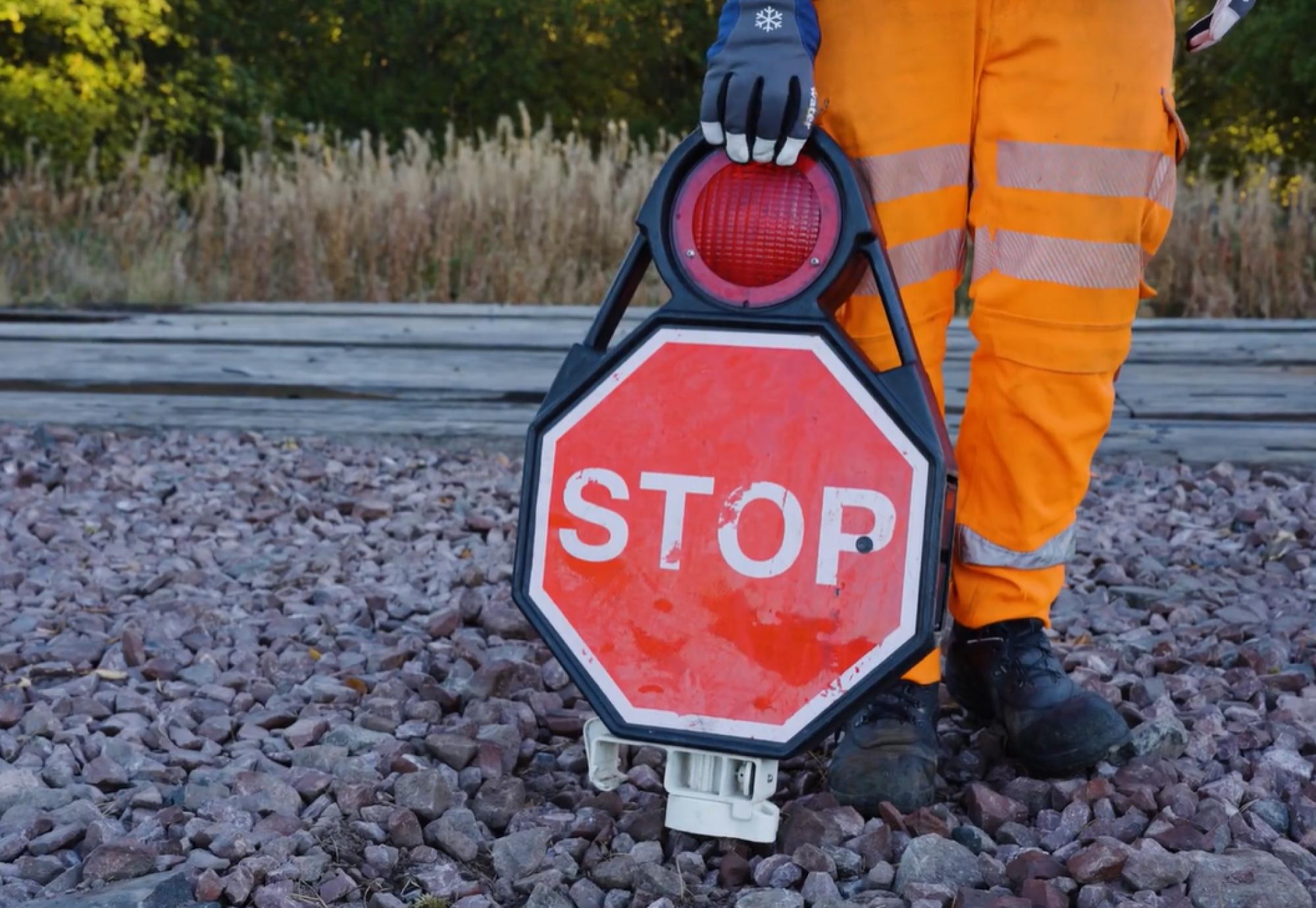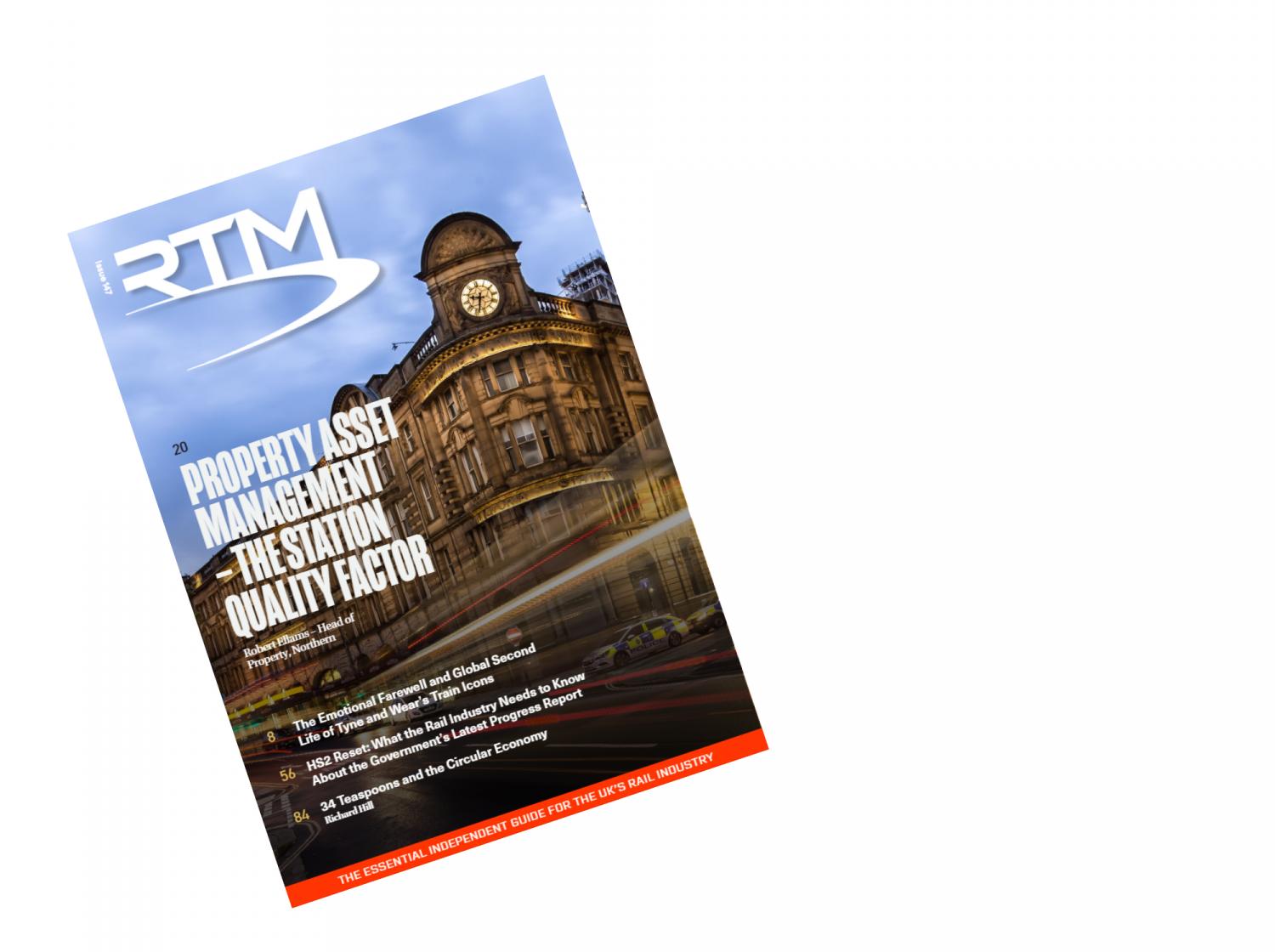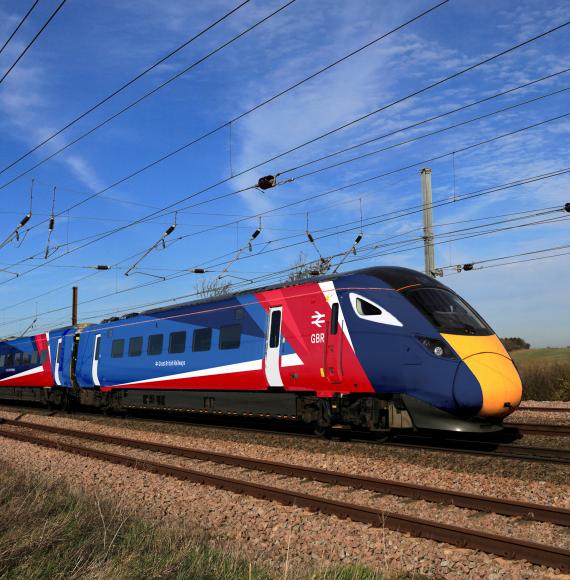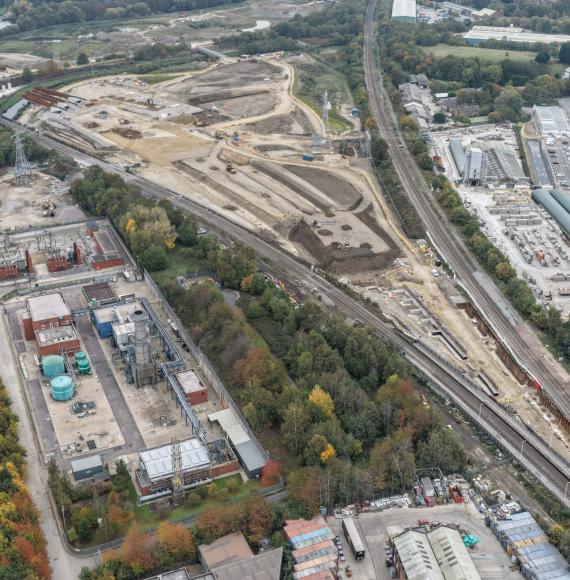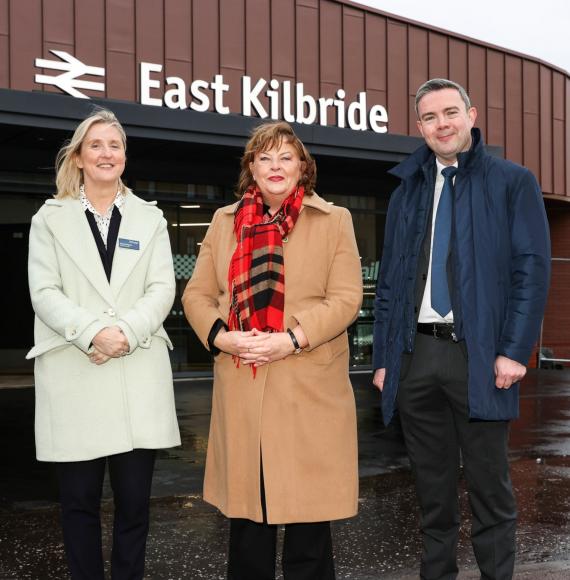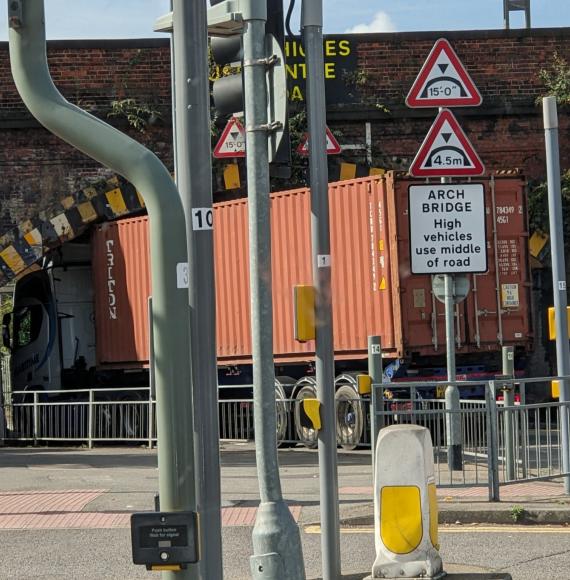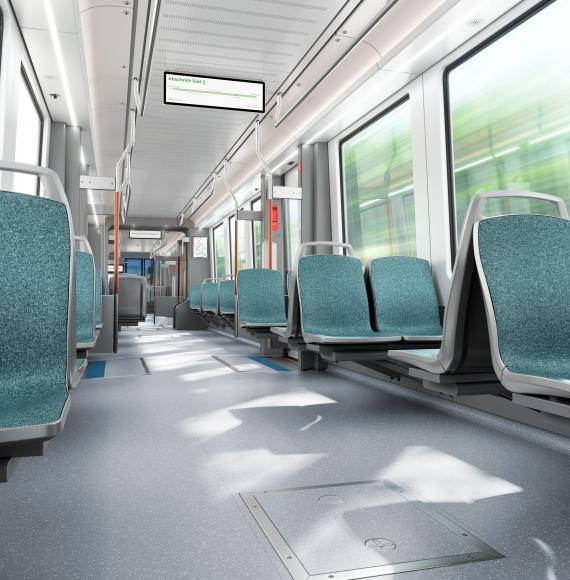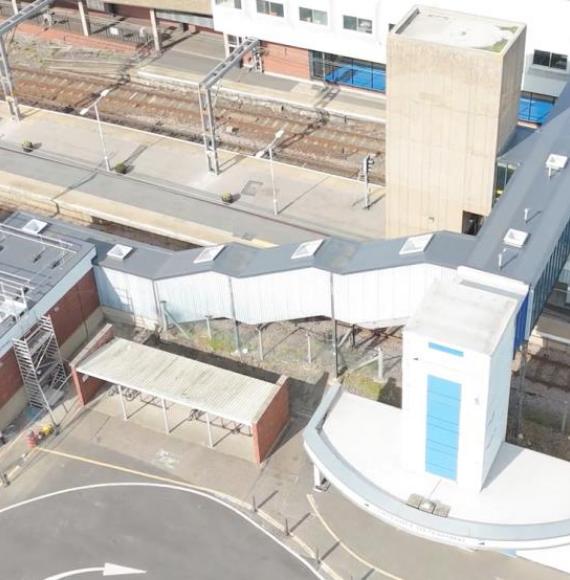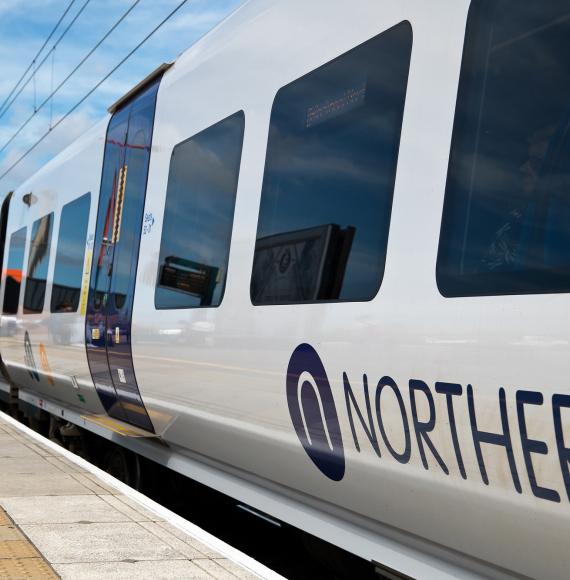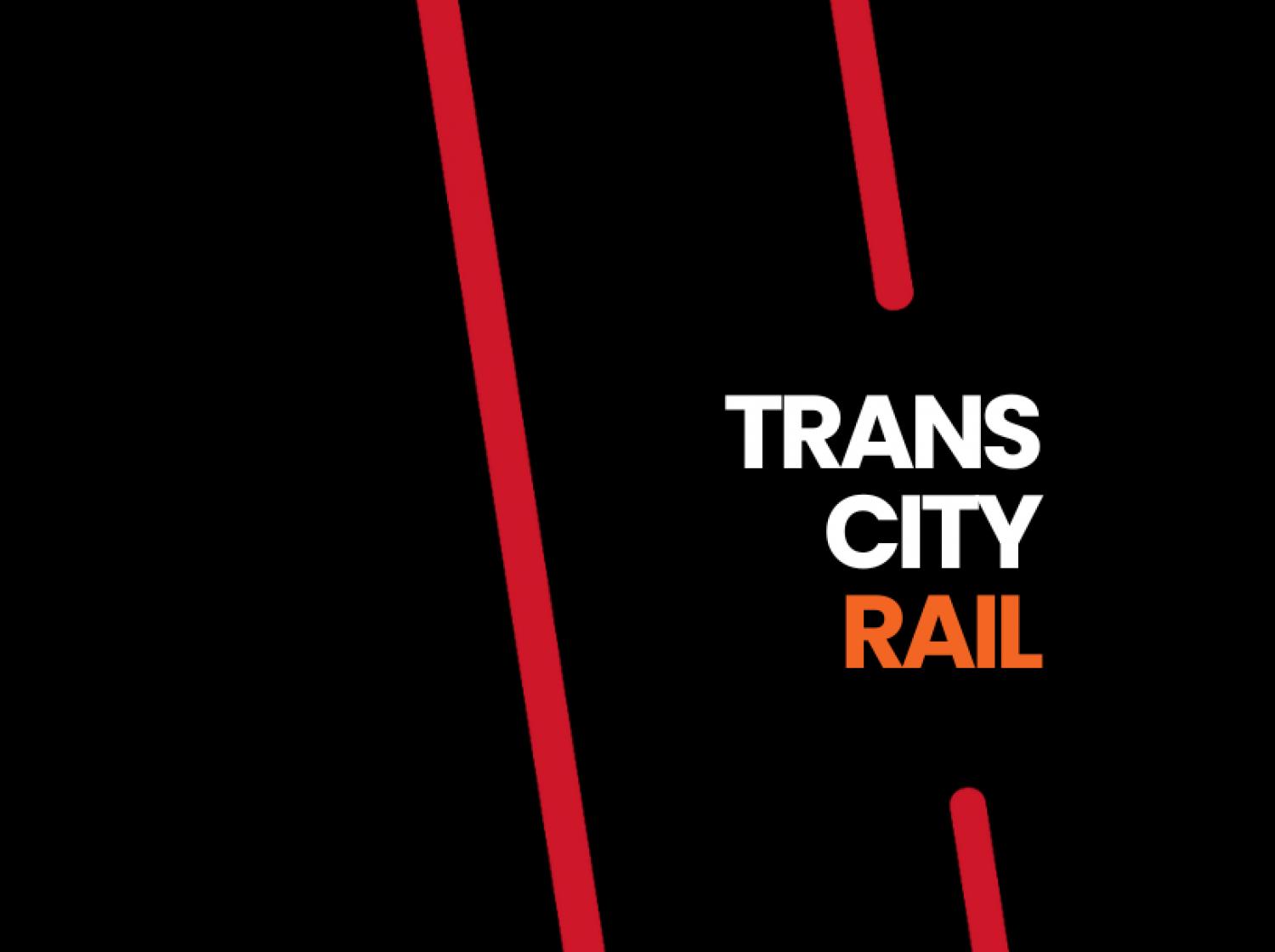Scotland’s Railway is taking decisive steps to tackle one of the rail industry’s most persistent seasonal challenges—low rail adhesion caused by leaf fall. A £7.7 million investment is now underway to upgrade the braking systems on more than 70 ScotRail trains, enhancing safety and operational performance during the autumn months.
Often likened to black ice on the roads, leaf mulch on the tracks creates a slick layer that compromises traction. This can lead to extended braking distances, slower acceleration, and increased risk of delays or service disruption.
To mitigate these risks, ScotRail is rolling out advanced sanding technology across its fleet. The Class 170 fleet will be fitted with Double Variable Rate Sanding (DVRS), while the Class 158 fleet will receive Single Variable Rate Sanding (SVRS). These systems dynamically adjust the amount of sand applied between the wheel and rail based on train speed, significantly improving grip and reducing stopping distances in low-adhesion conditions.
Following successful trials near Inverness in July and a comparative test in Edinburgh earlier this month, DVRS has demonstrated measurable improvements in braking performance. These enhancements are expected to support more consistent service delivery and bolster passenger confidence during the challenging autumn and winter seasons.
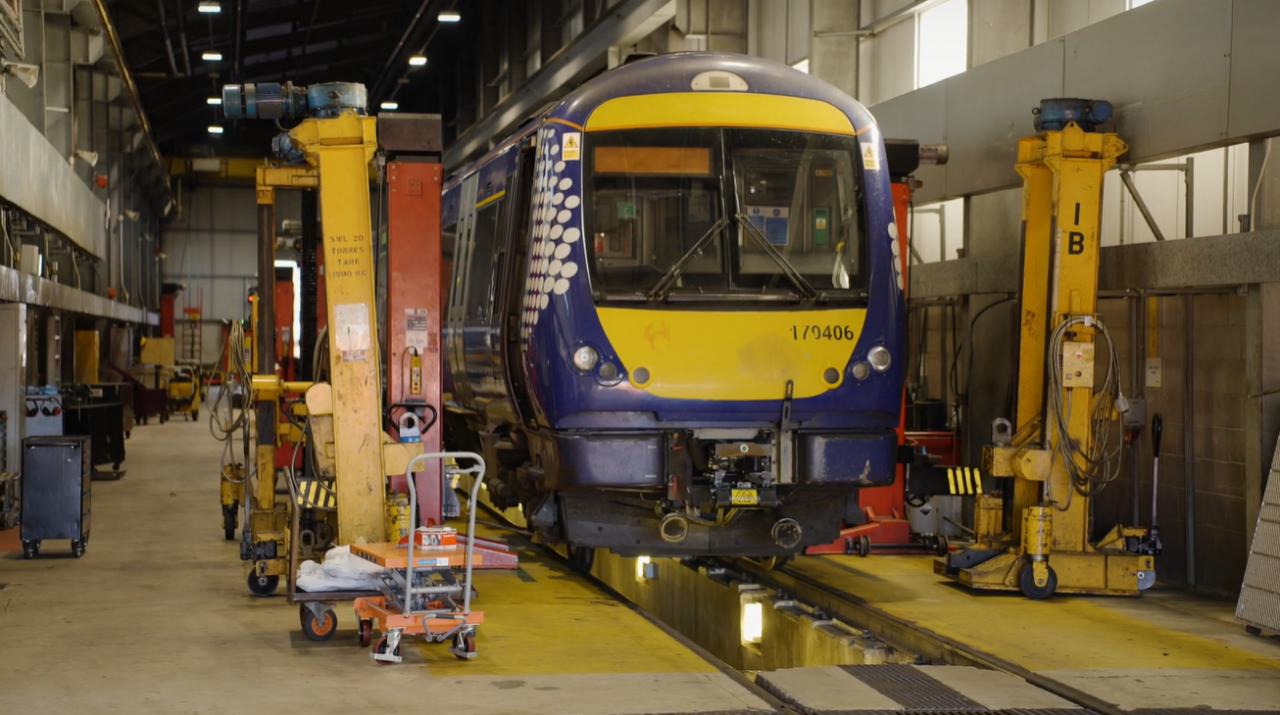
Kristian Peacock, Interim Head of Performance at Network Rail Scotland, commented:
“This trial is a great example of what we can achieve by working together across the rail industry to solve joint problems.
During autumn, there are unique challenges for performance and we always like to try new things to reduce the impact on train services. The data so far from our DVRS system is really encouraging. It’s a simple solution that should make a real difference.
We are excited to see what the future of managing seasonal issues like leaf fall will look like, and I'm confident that DVRS tech will play a part in that.”
Installation is already progressing, with 12 Class 170s and one Class 158 equipped in time for this autumn. ScotRail will closely monitor the technology’s effectiveness throughout the season. Full deployment—covering all 34 Class 170s and 40 Class 158s—is scheduled for completion by summer 2026.
Mark Ilderton, ScotRail Service Delivery Director, added:
“Slippery rails are one of the biggest challenges we face every autumn, and we know how frustrating it can be when leaf fall causes delays or cancellations.
By investing in this new technology, we’re helping our trains perform better in tough conditions, which will improve safety, reduce the risk of disruption, and deliver more reliable journeys for our customers.
It’s another example of innovation making a real difference for customers, and how working together across Scotland’s Railway continues to deliver improvements.”
This initiative is backed by Scotland’s Railway Joint Innovation Fund, which supports cross-industry collaboration to deliver safer, more reliable, and efficient rail services. The investment builds on extensive research led by the Rail Safety and Standards Board (RSSB), with successful trials conducted across various train types on Britain’s rail network.
Image and video credit: Network Rail

